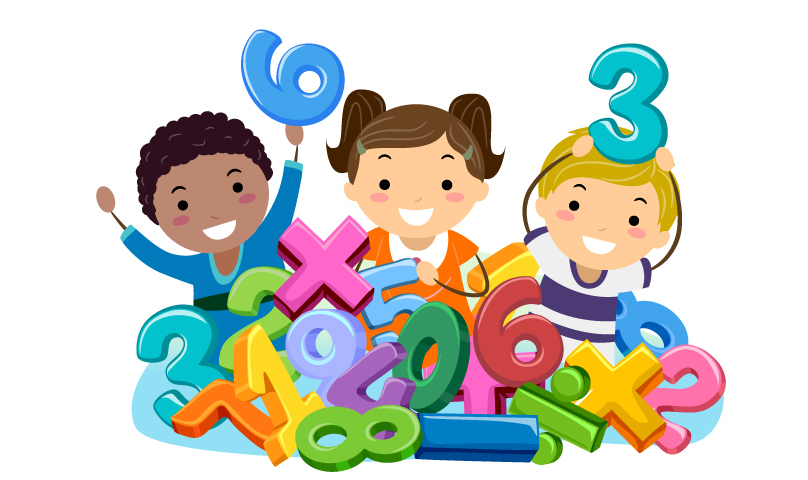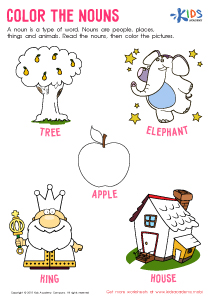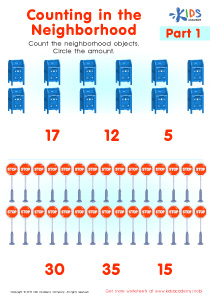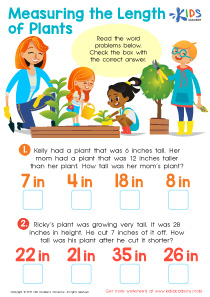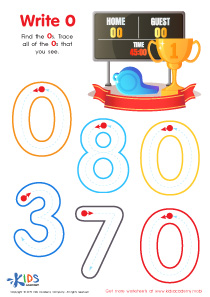Visual perception Easy Numbers 0–10 Worksheets
10 filtered results
-
From - To
Title: Visual Perception Easy Numbers 0–10 Worksheets
Description: Boost your child's visual perception skills with our engaging collection of Easy Numbers 0–10 Worksheets. These carefully designed exercises help young learners recognize and count numbers, enhancing their cognitive abilities through fun and visually stimulating activities. Perfect for preschool and kindergarten students, each worksheet captivates kids with vibrant illustrations and simple tasks that encourage number recognition and counting proficiency. Parents and educators can utilize these printable resources to reinforce foundational math skills, ensuring a joyful and motivating learning experience. Visit Kids Academy to download and start your child's journey to mastering numbers today!
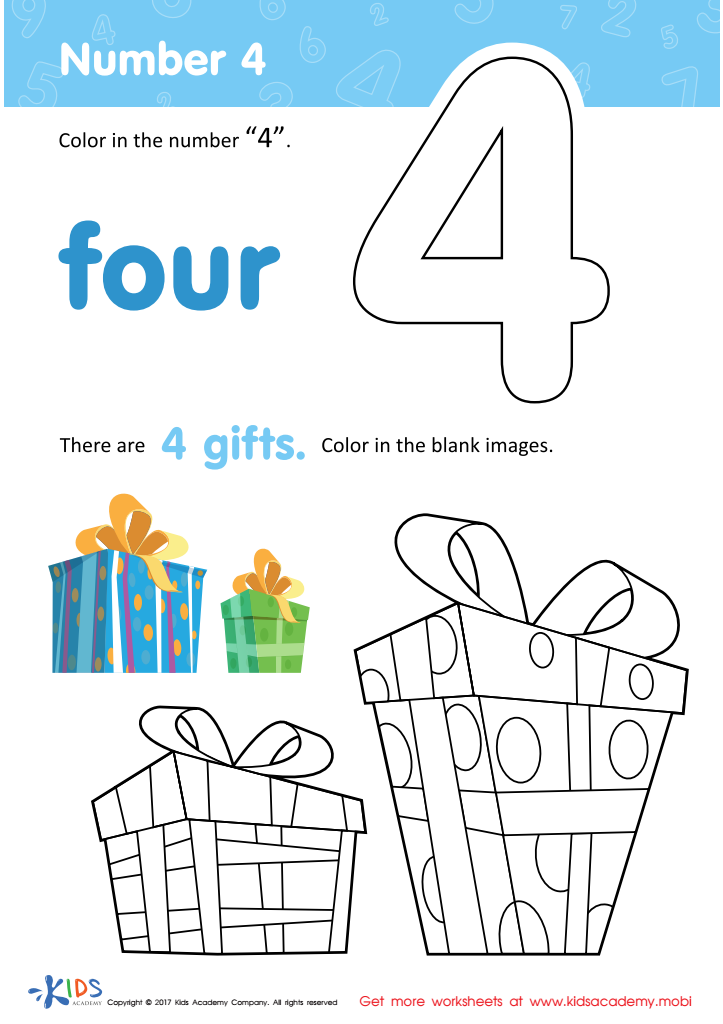

Number 4 Printable


Find 7 Eggs Worksheet


Counting Spots Worksheet


Arranging Clothes Worksheet
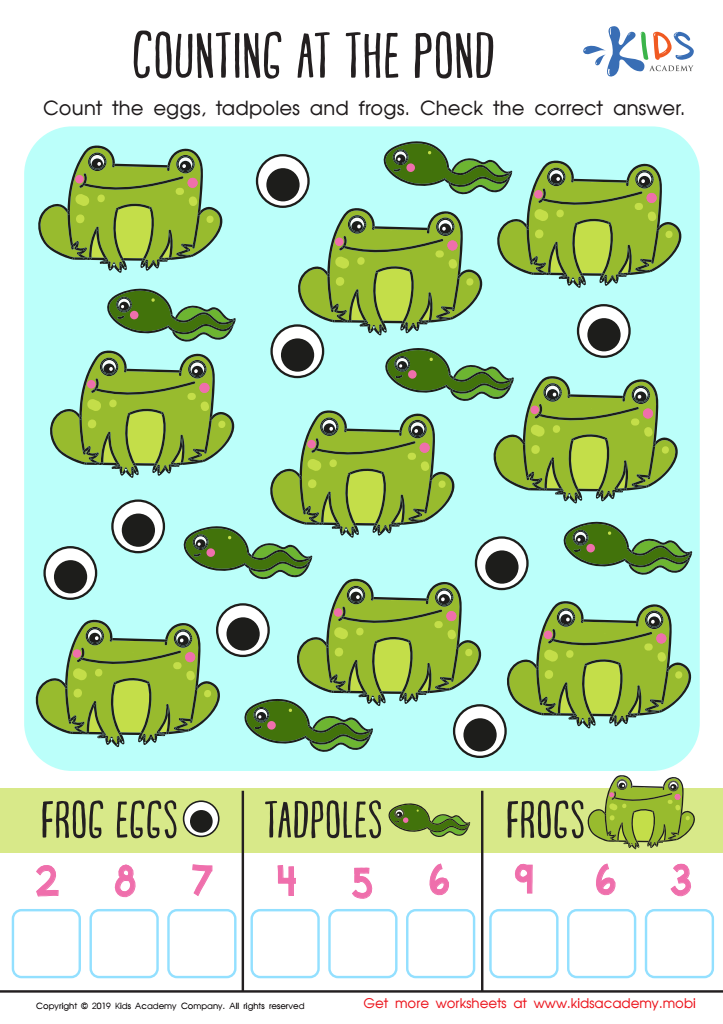

Counting at the Pond Worksheet


Stack the Blocks Worksheet
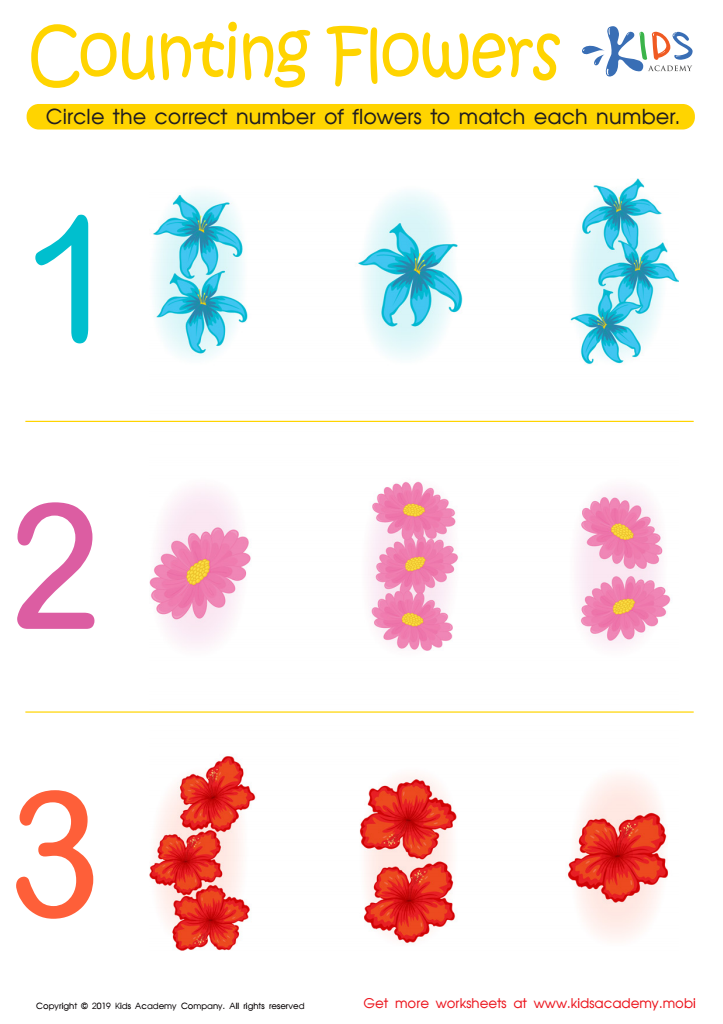

Counting Flowers Worksheet
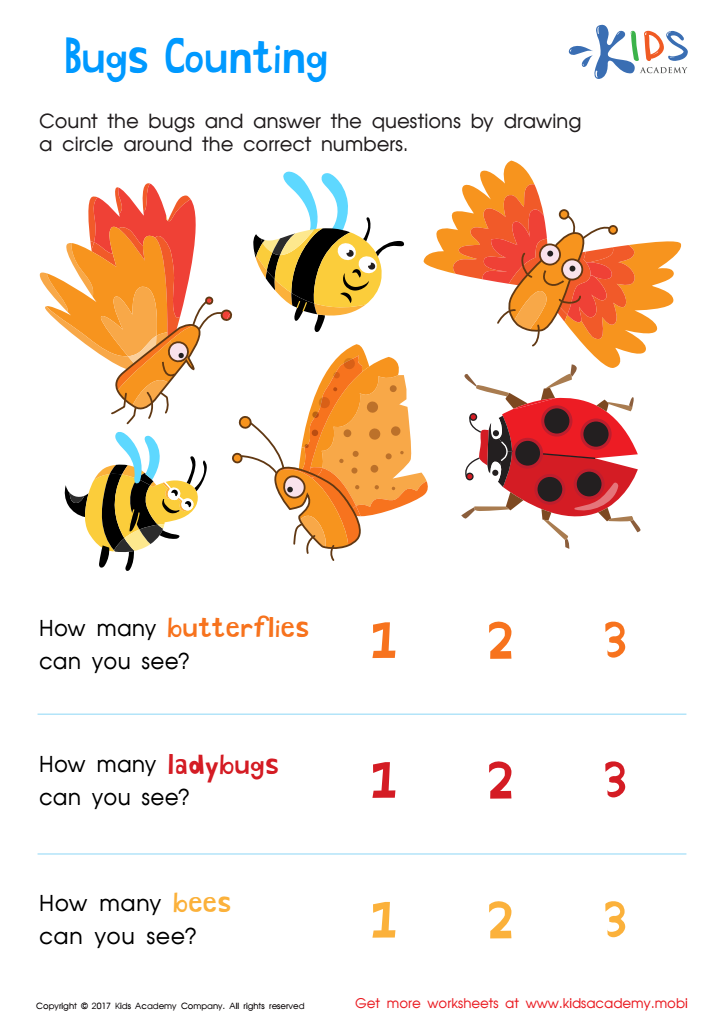

Bugs Counting Worksheet


Which Wagons Have 1 Less? Worksheet
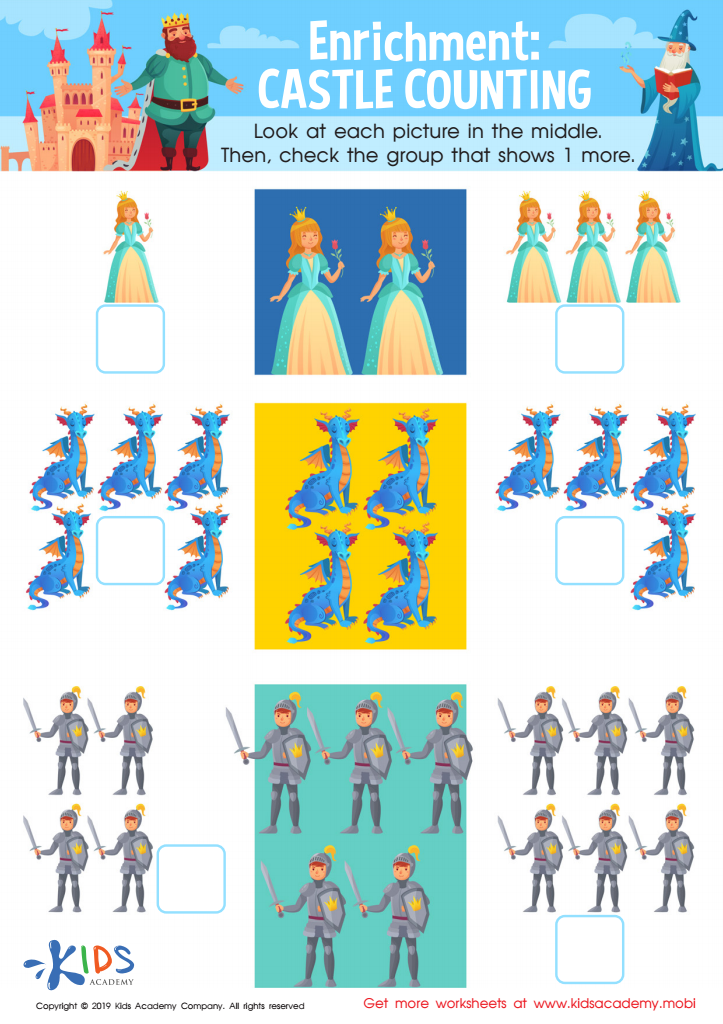

Enrichment: Castle Counting Worksheet
Visual perception skills are crucial for young children, especially in the early stages of learning numbers from 0 to 10. These skills help children interpret and understand visual information, which is foundational for their overall cognitive development. When parents and teachers focus on enhancing visual perception skills, it supports better number recognition and comprehension.
One reason to care is that strong visual perception skills enable children to distinguish between different numbers quickly and accurately. This fast and accurate recognition is essential in a school setting, where children need to understand and process numbers efficiently. For instance, visual discrimination allows kids to tell the difference between similar numbers like 6 and 9 or 1 and 7, minimizing errors.
Additionally, visual perception skills help with spatial awareness and relationships, aiding in the understanding of concepts such as more vs. fewer or before and after in a number line. Visual sequencing, another aspect of visual perception, is key for understanding numerical order, which is foundational for arithmetic skills.
Furthermore, cultivating these skills early sets the stage for academic success not only in mathematics but also across other subjects requiring visual processing, such as reading and writing. Parents and teachers, by prioritizing visual perception in the context of learning numbers, ensure children build a solid framework for future learning and problem-solving.
 Assign to My Students
Assign to My Students







